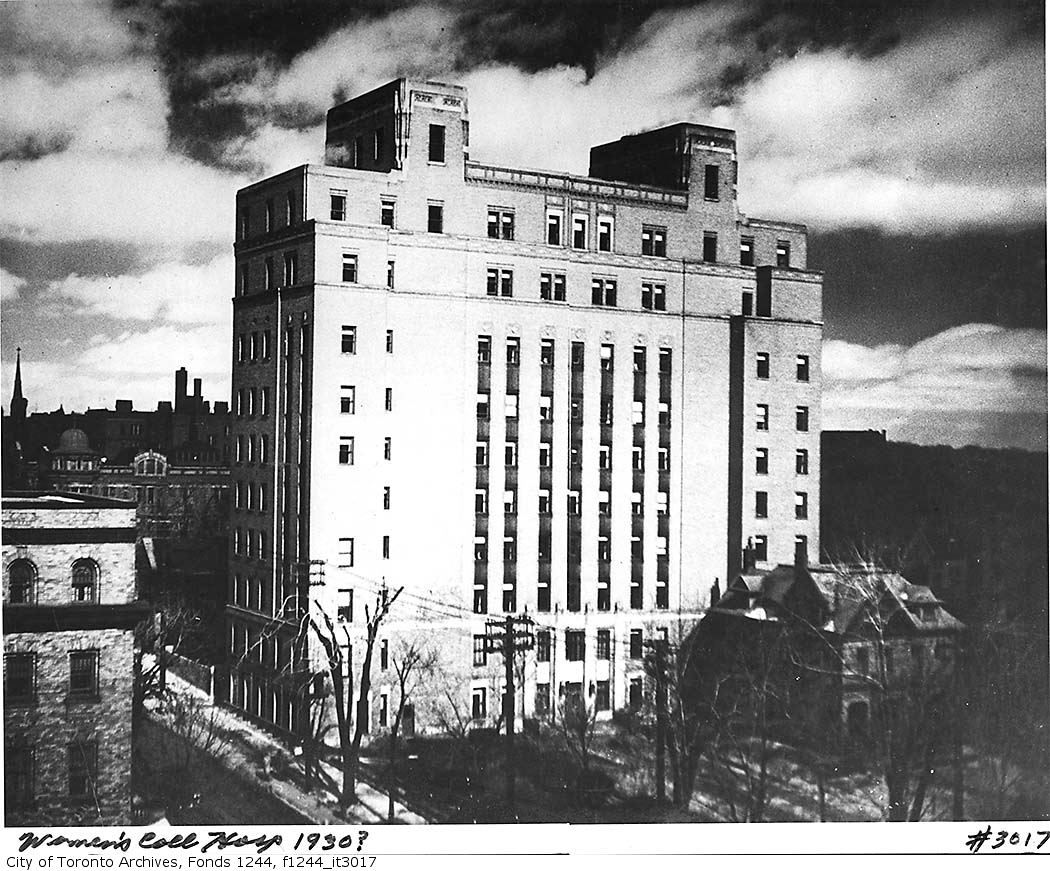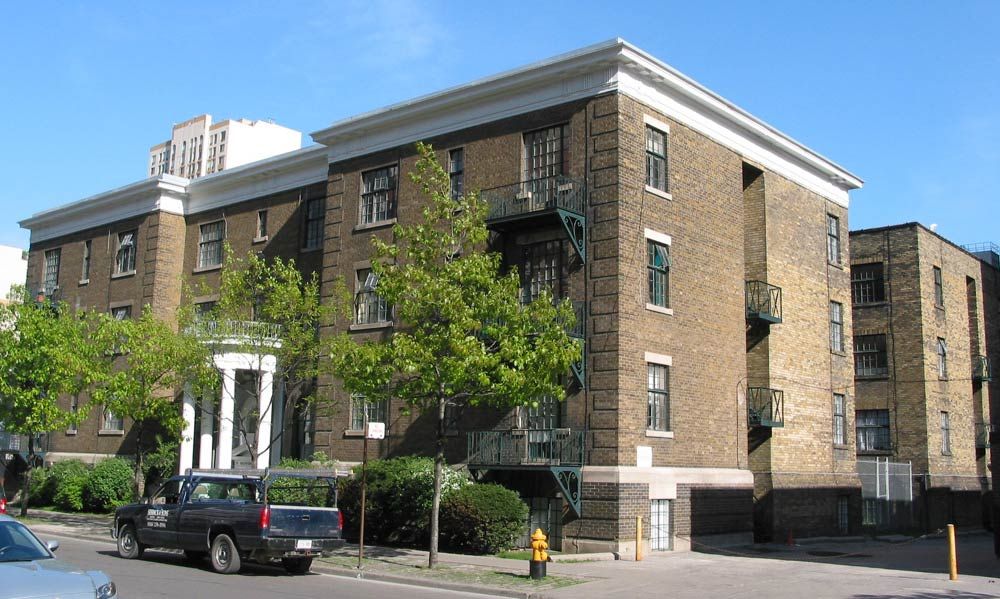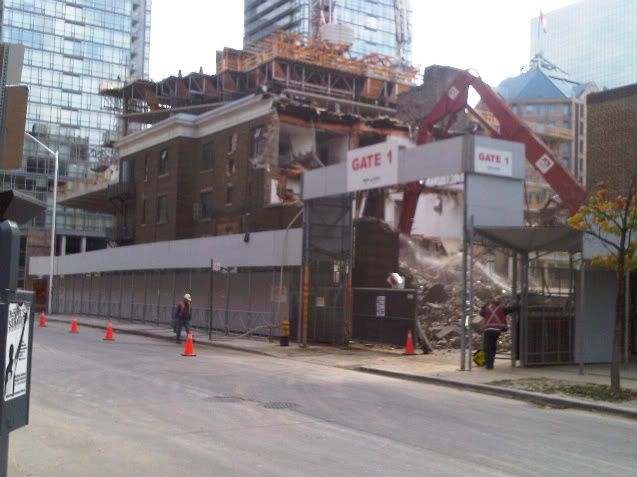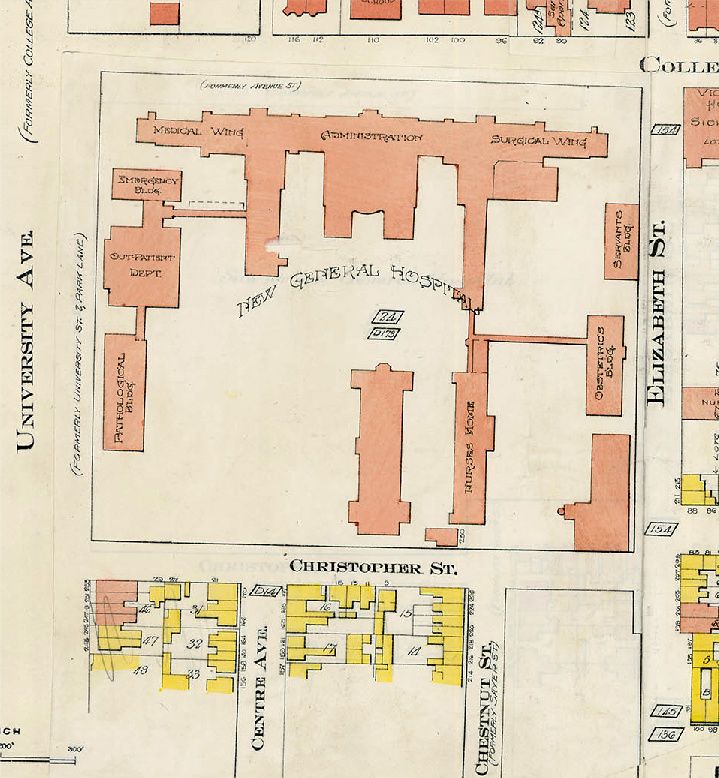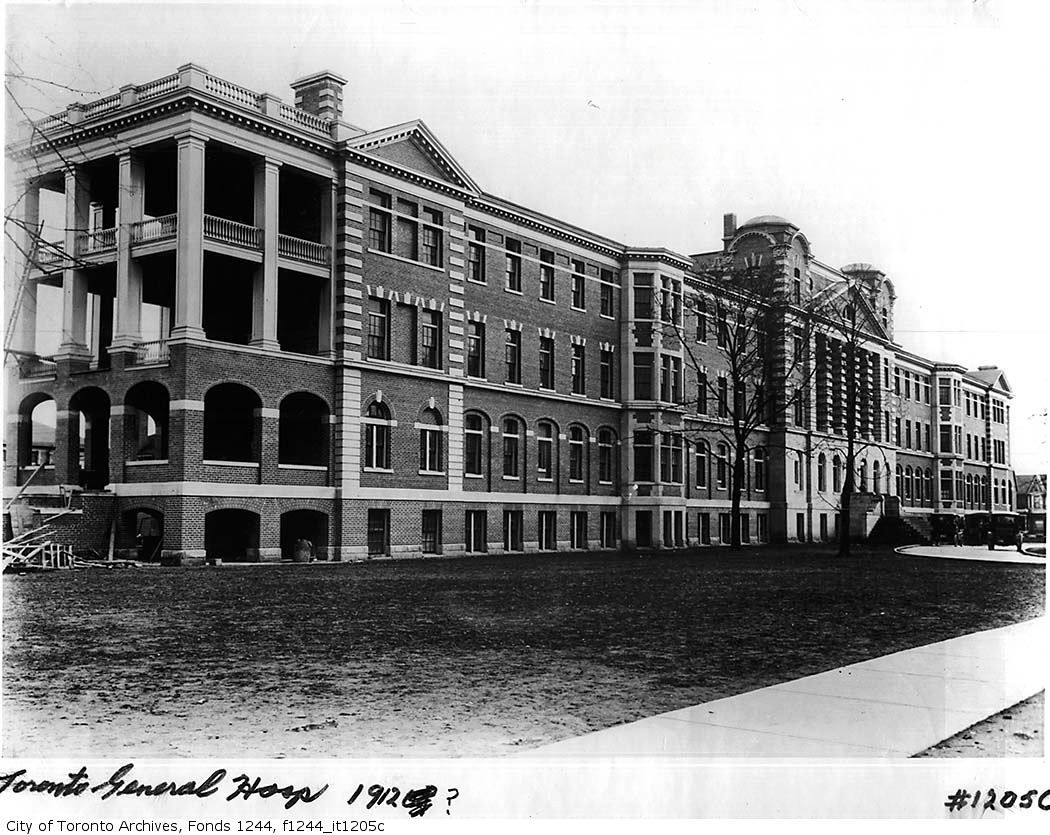adma
Superstar
What I meant to write was that it's little wonder Montrealers are not lining up to join the cause if they don't perceive there to be much of a cause to join...
I'm talking here about the 'average' Montrealer, Chicagoan or Torontonian. I think it'd be a tough sell to try and convince Montrealers that they are falling down on their preservationist duties, no matter what building here or there is lost and/or what preservationists have to say about it. Not to say that this is right but only to say that the perceived sense of urgency is so different within the differing contexts. Even still, in a Quebec context the opinion of preservationists probably carries a lot more weight than it does in Toronto, as a residual benefit of the overall value that is conferred on heritage within the culture in general.
Yet other than that final sentence (which also happens to be apropos to *my* final sentence about flabby/ad hoc/formless standards), how much different is that in real terms from this situation?
The sad reality is that the vast majority of Toronto cares little about the Edison, and about 95% wouldn't know who the heck Jane Jacobs was. I see this as the 'critical ignorance' and not the regulations, even if they could and should be better. At the end of day if people don't see value in heritage, if it is not meaningful to them in any way and in any collective sense, there will never be enough regulations in place to safeguard it.
Yes, on this I agree... though I wouldn't characterize Toronto as 'hostile' to heritage so much as oblivious to it.
Look: the "vast majority" situation isn't unique to Toronto. It's universal. And the obverse of such obliviousness are the kinds of hack perceptions of one's own heritage that can plague other supposedly "heritage-conscious" burgs (think of Bostonians' hostility to their Brutalist City Hall, for instance). Indeed, if we were to bow to the preexisting tyranny of "vast majorities", we might as well not bother with *any* but the most potboilerish forms of heritage retention at all. Anywhere.
Come to think of it...when it comes to hack obliviousness, look in the mirror, since you've been one to advocate the idea of moving the Harbour Commission to a waterfront site. (Which'd be an idiotic saccharine-sap idea even under a so-called "visionary" Daley-type mayor.)
Last edited:

